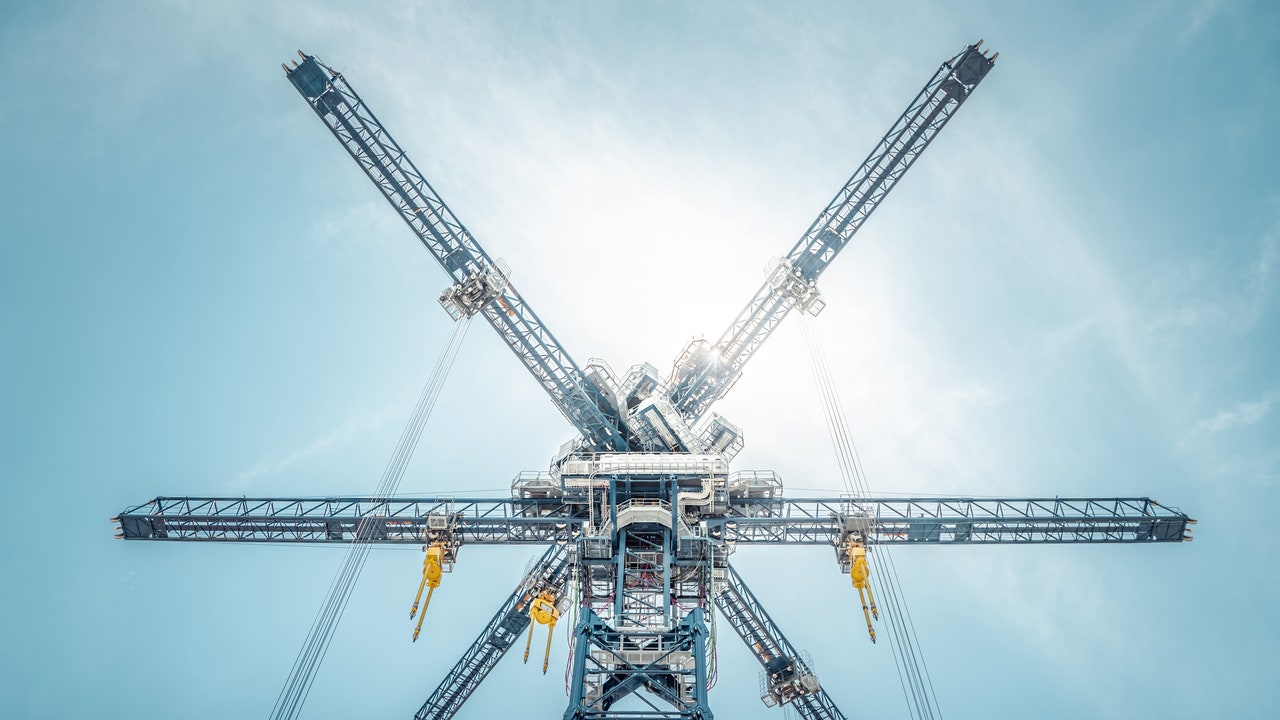The concrete blocks are slowly hoisted upwards by motors powered with electricity from the Swiss power grid. As each block descends, the motors that lift the blocks start spinning in reverse, generating electricity that courses through the thick cables running down the side of the crane and onto the power grid. In the 30 seconds during which the blocks are descending, each one generates about one megawatt of electricity: enough to power roughly 1,000 homes.



Hey, super late comment I know, but I’ve been thinking about this lately.
In that case, instead of a stack of concrete blocks, why not have a giant water tower with one tank at ground level and one tank high up in the air? You could even have it be a literal building: big tank underground, apartments in between, big tank on the roof. If lots of buildings in an urban core had this, it would actually be really efficient because there would be basically be no loss from power transmission.
Water will never get damaged like concrete blocks can, don’t produce carbon when it’s made, and can be easily replaced if any is lost.
Well, with this, that would be a negligible problem because it would be a closed system. It would basically only require an initial investment of water and very occasional top-ups. You don’t even need the water to be of that great quality if you’re not using the water tank for anything else, even sea water can be used. Or, if you’re using treated water, it can double as both the city’s potable water reservoir and energy storage. Plenty of cities already have giant water towers feeding the entire urban area after all, and nearly every high rise building already has potable water tanks like these, because it means they don’t have to run pumps constantly to maintain water pressure, and can rely on hydrostatic pressure due to gravity.
Plus, making concrete also requires water, so using concrete probably isn’t saving that much in it. And with concrete, the water is permanently incorporated into it and can never be reused again, probably not the best idea for an already water scarce region.
Yes, but concrete need less water and in a lot of countries with lack of water it’s too valuable to be used as a simple weight, besides it requires a much larger installation due to the lower specific weight and greater maintenance due to evaporation and eventual losses, which is not necessary in concrete, which can last for centuries with minimal maintenance, in installations that are much more compact. The best way to store energy depends on many factors and can vary greatly, depending on the circumstances of each country. Where there are large slopes and mountainous regions, without water shortage, naturally, water tanks are the obvious solution, while in desert areas it is not, in others it can be a solution in salt mines, as thermal storage, etc.